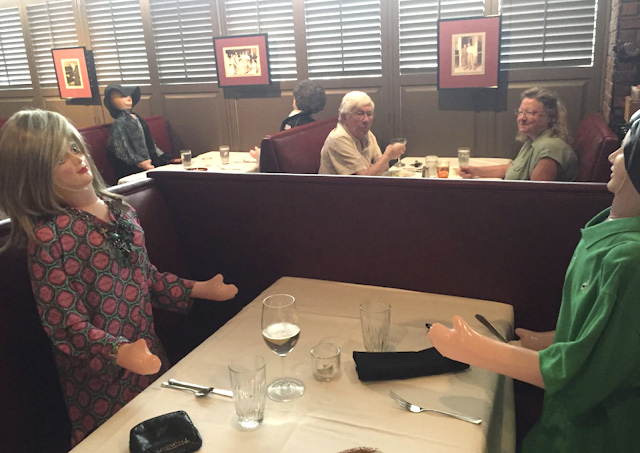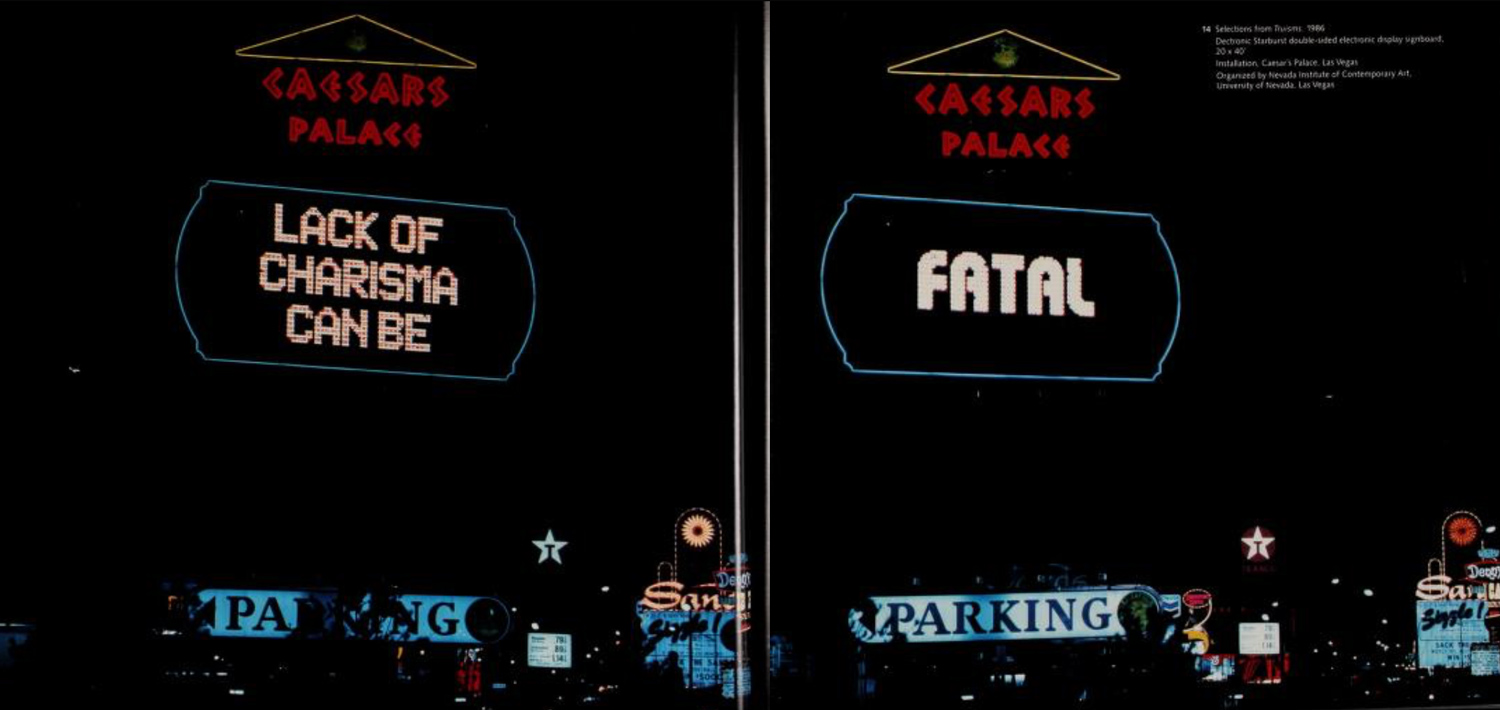 Are habits goal-free behaviours, or does every habit actually serve a purpose?
Are habits goal-free behaviours, or does every habit actually serve a purpose?
The “Pet Effect” is the idea that getting a pet will make you healthier and happier. This idea is highly promoted by the marketing departments of industry giants like Zoetis, the world’s largest veterinary products corporation. […] while some studies have found evidence linking pets and human health, most published research has not.
We recruited 29 participants to measure human prefrontal cortex activity, using functional near-infrared spectroscopy, during interactions with a cat.
Is there a growing class divide in happiness? Among U.S. adults ages 30 and over in the nationally representative General Social Survey (N = 44,198), the positive correlation between socioeconomic status (SES; including income, education, and occupational prestige) and happiness grew steadily stronger between the 1970s and 2010s. […] the happiness advantage favoring high-SES adults has expanded over the decades
In this essay, I show how difficult emotions, like aggression and murderous rage, are grappled with in horror movies. I discuss three patients who related to intense rage at the mother when viewing the films Joker and Jurassic Park.
The perception of facial attractiveness is not automatic (capacity-free) in general. Men show an automatic (capacity-free) processing of females’ facial attractiveness but not of males’ facial attractiveness. Women show no automatic (capacity-free) processing of males’ or females’ facial attractiveness.
On Aug 1, it will be against the law for adults to wear a face mask in North Carolina
To fully restart the U.S. economy by August, massive population testing for infections with the virus that causes COVID-19 is essential […] test 2 to 6% of the population per day, or between 5 and 20 million people per day […] The authors of the report estimate that this scheme for testing, tracing, and supported isolation (TTSI) would cost between $50 to $300 billion over two years. As they note this is extremely cheap compared to “the economic cost of continued collective quarantine of $100 to 350 billion a month.”
Why We Must Test Millions a Day
studies have suggested that many people who’ve never been infected with SARS-CoV-2, but who have semi-recently recovered from a common-cold coronavirus, may boast partial immunity to COVID-19. […] Chinese researchers monitored antibody levels in 74 COVID-19 patients — one half symptomatic, the other asymptomatic — for months after their recoveries. The scientists found that more than 90 percent of these patients displayed sharp drop-offs in antibody levels two-to-three months after their initial infections. […] The dominant strain of coronavirus in the U.S. may be more contagious than the initial variety. […] study found that the newer coronavirus strain has about five times more functional and intact spike proteins in each of its particles than its predecessor did. [NY mag]
Pool testing combines samples from several people and tests them for the coronavirus all at once, cutting down on the time and supplies required. […] “If everyone is negative, then you’re done” […] If the test detected the presence of the virus, then each person would have to be tested and the results individually analyzed to determine whose sample produced the positive result. […] How many samples are pooled? Researchers have generally suggested quantities between three and 50. The bigger the pool, the more likely a positive case with a low viral load will be too diluted to trigger detection of the virus. [Washington Post]
Norway, Denmark and Finland have closed their borders to Swedes, fearing that they would bring new coronavirus infections with them. […] In several countries, like the Netherlands and Cyprus, they are banned completely. Austria demands a health certificate. Greece makes Swedes quarantine for at least a week, even if they test negative for the coronavirus […] only France, Italy, Spain and Croatia are welcoming Swedes without restrictions.[SF Gate]
COVID-19 is associated with severe impairment of smell, taste, and chemesthesis
This upgraded robotic dolphin is being developed and tested for a series of attractions at a new Chinese aquarium where the government has put a stop to the wildlife trade as part of its efforts to slow and eventually stop the spread of Covid-19.
What if a single injection could lower blood levels of cholesterol and triglycerides — for a lifetime? In the first gene-editing experiment of its kind, scientists have disabled two genes in monkeys that raise the risk for heart disease. Humans carry the genes as well, and the experiment has raised hopes that a leading killer may one day be tamed. [NY Times]
The UK government’s plan to invest hundreds of millions of pounds in a satellite broadband company has been described as “nonsensical” by experts, who say the company doesn’t even make the right type of satellite the country needs after Brexit. […] “The fundamental starting point is, yes, we’ve bought the wrong satellites […] What’s happened is that the very talented lobbyists at OneWeb have convinced the government that we can completely redesign some of the satellites to piggyback a navigation payload on it.”
A growing list of companies say they’ll join an advertiser boycott on Facebook in protest of what they say are the site’s failures to stop the spread of hate.
The white iPhone with chipped paint that Moroccan journalist Omar Radi used to stay in contact with his sources also allowed his government to spy on him. They could read every email, text and website visited; listen to every phone call and watch every video conference; download calendar entries, monitor GPS coordinates, and even turn on the camera and microphone to see and hear where the phone was at any moment. Yet Radi was trained in encryption and cyber security. He hadn’t clicked on any suspicious links and didn’t have any missed calls on WhatsApp — both well-documented ways a cell phone can be hacked. Instead, a report published Monday by Amnesty International shows Radi was targeted by a new and frighteningly stealthy technique. All he had to do was visit one website. Any website. Radi’s phone shows that it was infected by “network injection,” a fully automated method where an attacker intercepts a cellular signal when it makes a request to visit a website. In milliseconds, the web browser is diverted to a malicious site and spyware code is downloaded that allows remote access to everything on the phone. [The Star]
All it took to compromise a smartphone was a single phone call over WhatsApp. The user didn’t even have to pick up the phone. [WIRED]
Milton Glaser, Co-founder of New York Magazine and Creator of ‘I❤NY,’ Dies at 91
How to make an SMS bot with Google Sheets + Twilio
If Great Britain was located next to Japan























